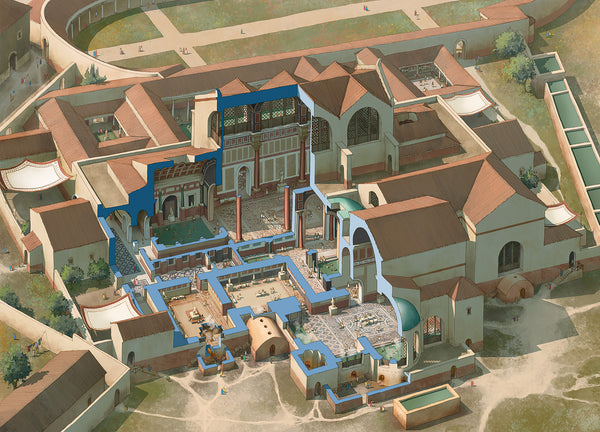Why The Gunpowder Age is a must-read
Tonio Andrade’s The Gunpowder Age: China, Military Innovation, and the Rise of the West in World History has been named one of the winners of the 2017 Distinguished Book Award from the Society for Military History (more on that in the next issue of Medieval Warfare). It is a well-deserved honour, as this book offers quite a lot for those interested in the influence of military matters on world history.
 The first half of the book focuses on how gunpowder weapons were invented and used in medieval China - and it destroys the idea that the Chinese had little use for firearms. Records show that by the fourteenth-century 10 percent of soldiers would have been armed with guns; by the second half of the fifteenth-century this figure would be 30 percent. By contrast, in Europe this kind of use would not be seen until the mid-1500s. Andrade shows how the Chinese gun was primarily used against opposing soldiers, and often very effectively.
The first half of the book focuses on how gunpowder weapons were invented and used in medieval China - and it destroys the idea that the Chinese had little use for firearms. Records show that by the fourteenth-century 10 percent of soldiers would have been armed with guns; by the second half of the fifteenth-century this figure would be 30 percent. By contrast, in Europe this kind of use would not be seen until the mid-1500s. Andrade shows how the Chinese gun was primarily used against opposing soldiers, and often very effectively.
The second half of The Gunpowder Age explains when and why European firearms became more potent than in China, a fascinating example of how warfare stimulates technological development and why long periods of peace can leave a country’s military unprepared. The book covers a lengthy era, roughly spanning a thousand years, and even offers insights into the present-day geopolitical situation as China rises into a global power.
A few of years ago Andrade spoke about his research in this lecture at Texas Tech University. It is a good outline of what his book is about:
The Gunpowder Age: China, Military Innovation, and the Rise of the West is published by Princeton University Press. Visit their website to learn more about it.

